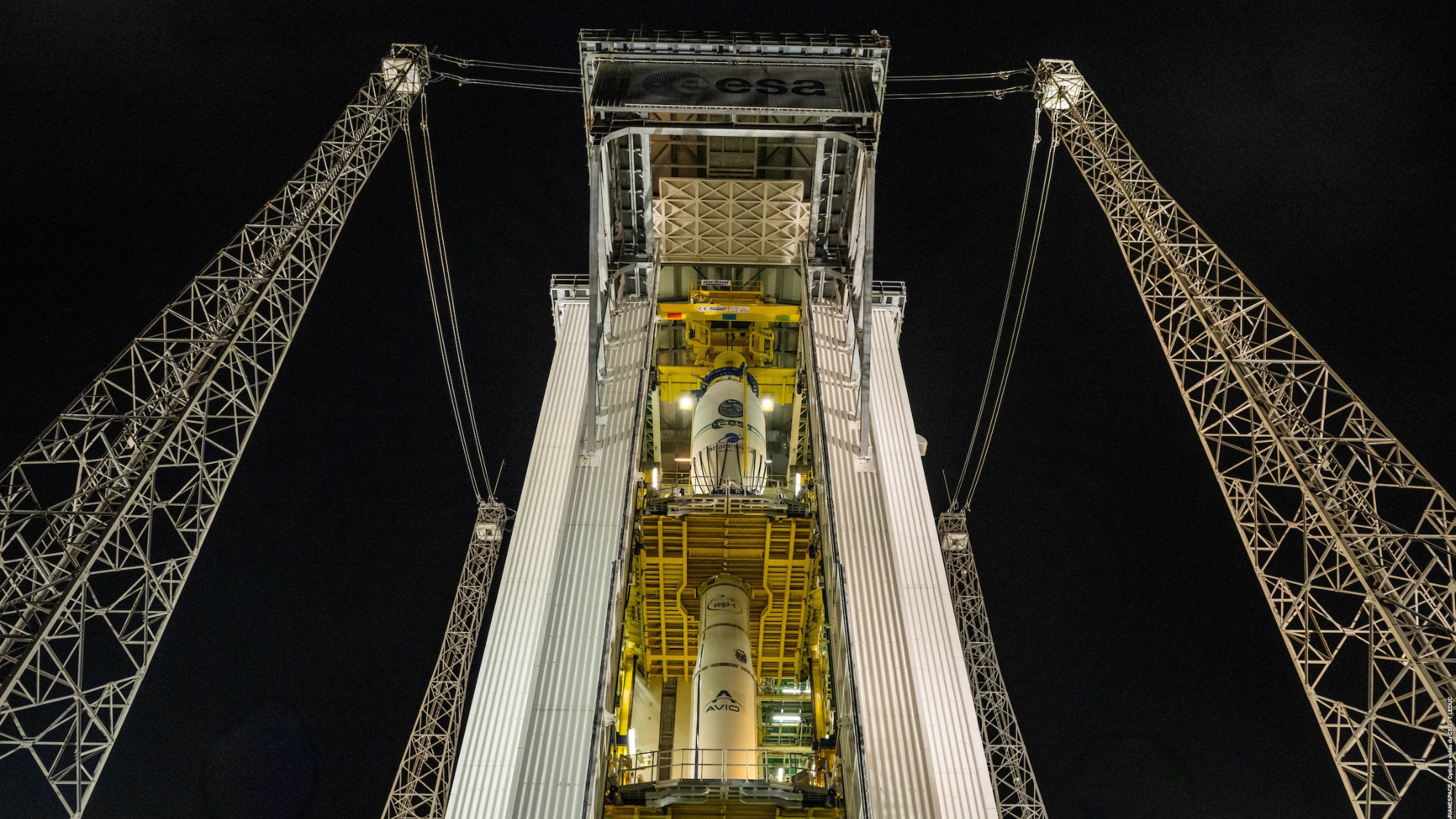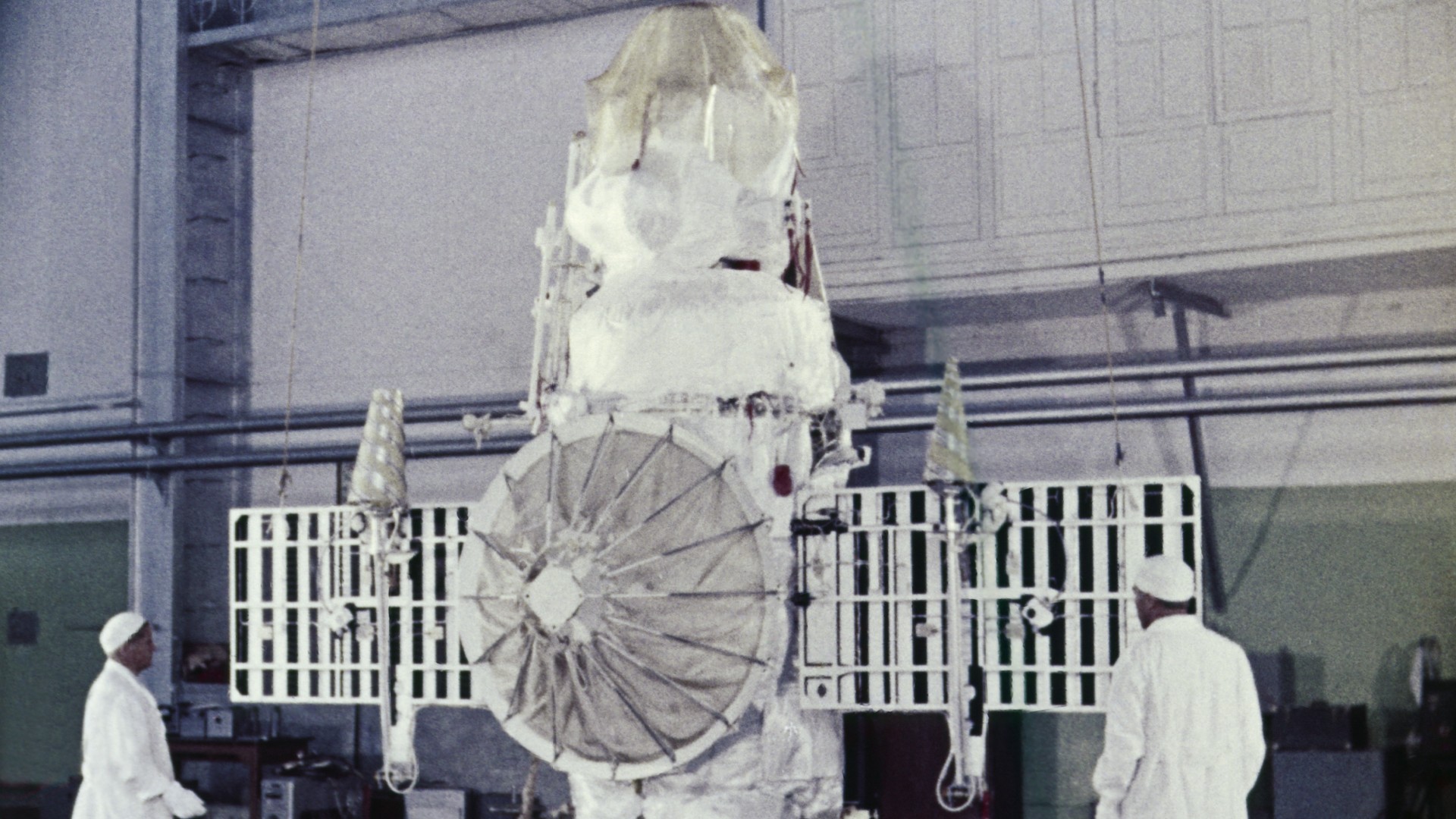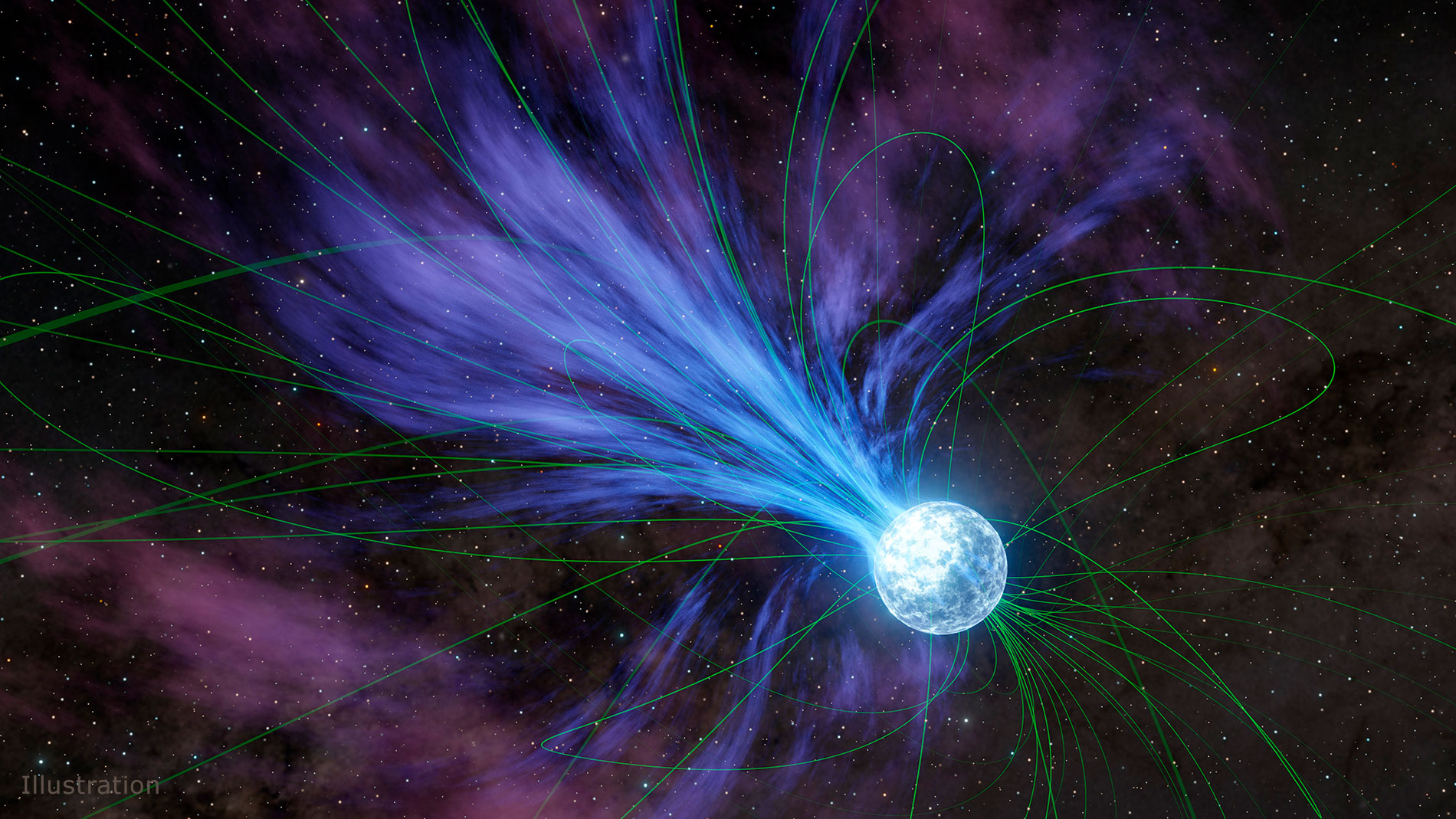Moon mantle mystery may shed light on habitable planet evolution

The moon's complex geologic history could act as a pointer to understand other rocky worlds in the universe, including those that are potentially habitable, according to a new pair of research papers.
The NASA-backed studies are based upon data from the agency's long-running Lunar Reconnaissance Orbiter (LRO) — which has spent the past dozen years mapping the moon in high resolution — along with old data from the retired NASA Lunar Prospector and Indian Chandrayaan-1 spacecraft missions.
Results of the new studies show how pieces of the moon's mantle — meaning the layer of the interior just below the visible crust — got blasted to the surface as asteroids and comets pummeled the moon's surface over the eons.
Related: How the moon formed: 5 wild lunar theories
While the moon itself is not habitable, it does have a mantle just like Earth. Scientists thus use the moon as a proxy to better understand the evolution of rocky planets in general, even the potentially habitable ones light-years away that we can only glimpse as points of light in cutting-edge telescopes.
The hunt for moon mantle was complex, integrating theory, modeling and a new map of likely locations of mantle material using three sets of data: Chandrayaan-1's moon mineralogy mapper that showed mineral composition and abundance, Lunar Prospector's observations of elements on the surface, and imagery and topography from LRO.
"Understanding these [mantle] processes in more detail will have implications for important follow-up questions," Daniel Moriarty, lead author of both papers and a NASA postdoctoral program fellow at the agency's Goddard Space Flight Center in Maryland, said in a statement.
Get the Space.com Newsletter
Breaking space news, the latest updates on rocket launches, skywatching events and more!
Moriarty added that questions addressed could include: "How does this early heating affect the distribution of water and atmospheric gases of a planet? Does water stick around, or is it all boiled away? What are the implications for early habitability and the genesis of life?"
Understanding where the moon's mantle came from not only has scientific value, but perhaps exploration value as well. Lately, NASA has been pivoting its work to include more moon exploration — including a series of robots under the Commercial Lunar Payload Services (CLPS) program.
Some of those robots are tasked with eventually picking up pieces of lunar mantle on the surface to return to Earth, in a larger effort to understand the moon's history by studying lunar samples up close, NASA stated. If all goes to plan in terms of technology development and budget, humans may arrive with landing missions under the Artemis program in the mid-2020s, although that isn't certain yet.
Artemis is targeting its lunar exploration around impact craters in the lunar south pole, and that's where the new results come in. The studies zeroed in on a strange radioactive signature in a 1,600-mile (2,600-kilometer) region called the South Pole-Aitken Basin. As a huge impact crater, the basin is a prime region to look for excavated moon mantle and to theorize how it was formed, NASA said.
It's thought that rocky planets grow by accretion, as smaller dust grains and rocks come together under their mutual gravities. The various collisions generate a lot of heat, aided by radioactive elements that released heat as they naturally decayed. In the largest of rocky objects, such as planets or larger moons, enough heat is released that magma oceans form.
The theory lacks some details, however, including how the magma oceans change as they cool down, and when and how minerals within these oceans crystallize. These processes are important because they indicate the composition of mantle rocks and where you might find them on a rocky world's surface.
At the south pole, for example, the team's work shows that the radioactive anomaly's composition is consistent with what they term "sludge," or materials that form in the uppermost part of the mantle as the magma ocean finishes cooling and crystallizing. Previously, scientists thought the so-called sludge — which includes dense combinations of rock such as iron and ilmenite (or titanium ore) — would sink farther below the lighter crust, out of reach of surface exploration.
"The bottom line is that the evolution of the lunar mantle is more complicated than originally thought," Moriarty said. "Some minerals that crystallize and sink early are less dense than minerals that crystallize and sink later. This leads to an unstable situation with light material near the bottom of the mantle trying to rise while heavier material closer to the top descends. This process, called 'gravitational overturn', does not proceed in a neat and orderly fashion, but becomes messy, with lots of mixing and unexpected stragglers left behind."
The two papers were published in Nature Communications on Monday, and in the Journal of Geophysical Research in January.
Follow Elizabeth Howell on Twitter @howellspace. Follow us on Twitter @Spacedotcom and on Facebook.
Join our Space Forums to keep talking space on the latest missions, night sky and more! And if you have a news tip, correction or comment, let us know at: community@space.com.

Elizabeth Howell (she/her), Ph.D., was a staff writer in the spaceflight channel between 2022 and 2024 specializing in Canadian space news. She was contributing writer for Space.com for 10 years from 2012 to 2024. Elizabeth's reporting includes multiple exclusives with the White House, leading world coverage about a lost-and-found space tomato on the International Space Station, witnessing five human spaceflight launches on two continents, flying parabolic, working inside a spacesuit, and participating in a simulated Mars mission. Her latest book, "Why Am I Taller?" (ECW Press, 2022) is co-written with astronaut Dave Williams.









